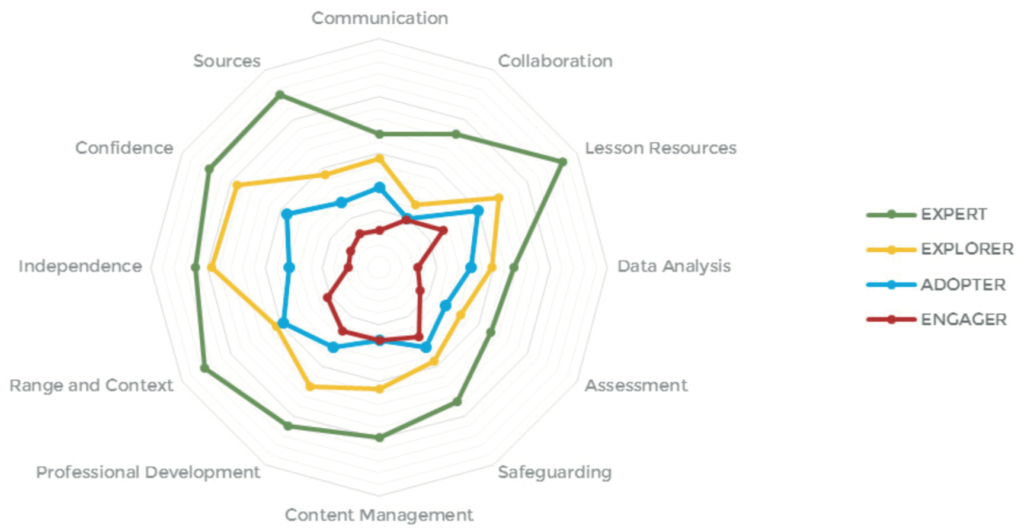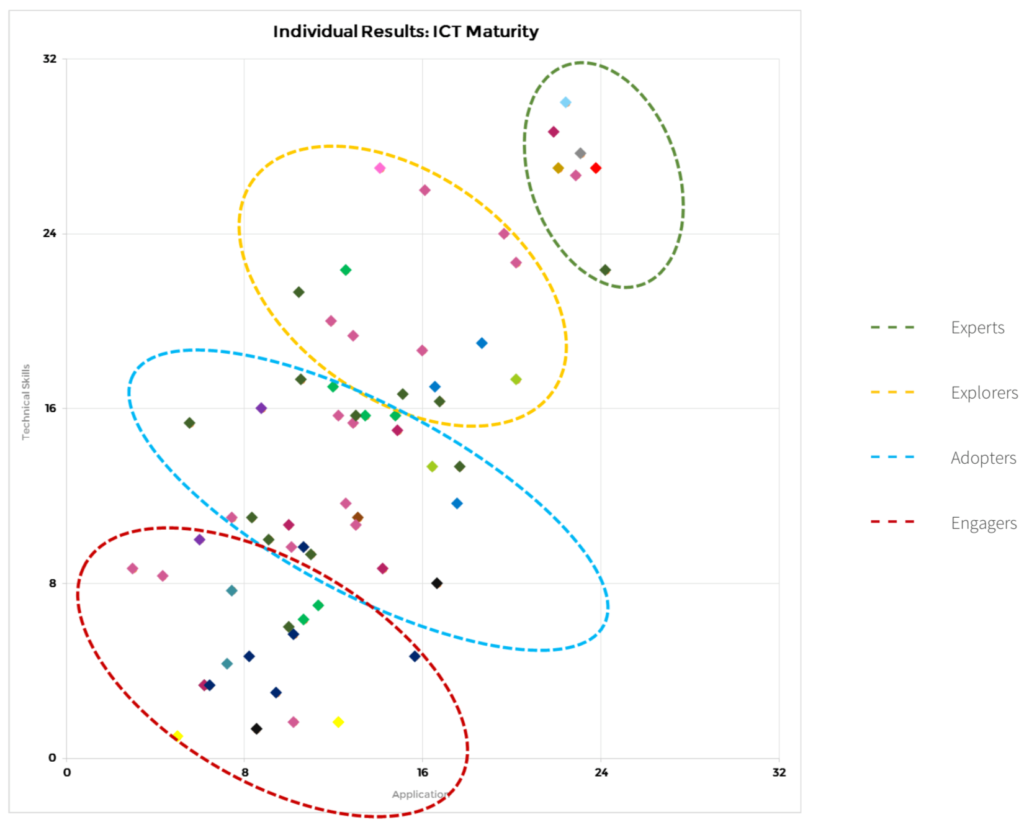Thought Piece: Making IT like Electricity - Vision and Strategy – getting started

Vision and Strategy – getting started The key finding of the ISBA’s IT Survey 2018 was an underutilisation of IT by teachers, in most schools. So much so, two in three Bursars question the value-for-money of their IT.
The ISC Digital Strategy Group and ISBA’s recommendations to address this, the “Bursar’s IT Six Pack”, emphasises the importance of all deciding what you want from your school IT, putting teachers at the heart of a structured plan to get there, investing in training your teachers to use the IT, using a cloud platform for more than just email and storage, sorting out your infrastructure and getting external expert help where you need it rather than soldiering on alone.
However, that’s quite a list, so if you do only one thing this year, decide where you’re heading and put a multi-year plan in place to get there.
That all sounds sensible enough, but where do you start?
Know where you’re starting from
I work with many schools to break the planning process into achievable steps. The (admittedly over-used) “journey” metaphor is helpful here. Before setting off, you need to know where you are now. For school IT, I think it’s helpful to baseline two aspects: i) your current school technology and ii) your staff’s IT skills and their confidence in applying those skills to their teaching practice. You’ll need more than just dependable and appropriate technology, you’ll need to bring your whole staff body with you if you want to see it used.
ICT Audit
For i), any credible school IT partner ought to be able to give you a simple Red/Amber/Green summary of your current school technology. RM offer this ICT Audit as a free-of-charge service; one of our local engineers visits for a few hours and we’ll produce you a summary report within a few days. Knowing where your current technology is at today provides realism to your planning.
Staff Impact Survey
For ii) you need more than just a skills quiz. RM’s approach is to use our popular Staff Impact Survey. By ranking a series of statements that are most to least like you and your current practice, we can quickly build up a picture of the level of ‘maturity’ of your staff’s use of IT. This gives you:
-
A distribution of IT skills vs application, allowing you to plan future staff CPD training in a more effective, differentiated manner, based on where they’re starting from, see Figure 1. This avoids one-size-(never)-fits-all INSET training!
-
Spider diagrams that illustrate which skills you have in-house and which you’d benefit from external help with, e.g. you may have in-house experts in the use of resource, but not so much for collaboration, see Figure 2.
-
A sample of attitudes to IT’s potential to enhance learning outcomes and where they want most help first. Happily, this is usually more positive than you feared!
-
A benchmark of where you’re beginning, relative to other independent and state schools, drawn from the other 6,000 or so teachers you have also complete it. Comparison can be useful motivation!

Figure 1: IT skills vs application of those skills, grouped into four groups for future training
Figure 2: 12 context areas for IT 'maturity', showing range of in-house skills

Nicki, an ex-Maths teacher and the brains behind our survey, personalises it for the structure and phases of your school. Your Head/SLT sends it out electronically, teachers complete it within 20 minutes, and analyses the results to produce your report within a couple of weeks.
“I would like to thank you all for the time which you have spent with us all and the various things we have looked at together; not least the Impact survey which has proved hugely beneficial already in terms of enlightening both myself, SLT and the Governors as to the enormity of the task ahead!”
Jon Witts, Director of Digital Strategy, Queen Margaret’s School, York
Pausing to remember the bottom-left ‘Engager’ cohort of staff during planning and implementation of your IT strategy will help you make sure IT will be used appropriately by all, not just some of your teachers.
Right, now we know where we are now, where are we going?
Alan Hodgin
Independent Sector Lead
RM Education
https://www.linkedin.com/in/alan-hodgin/
